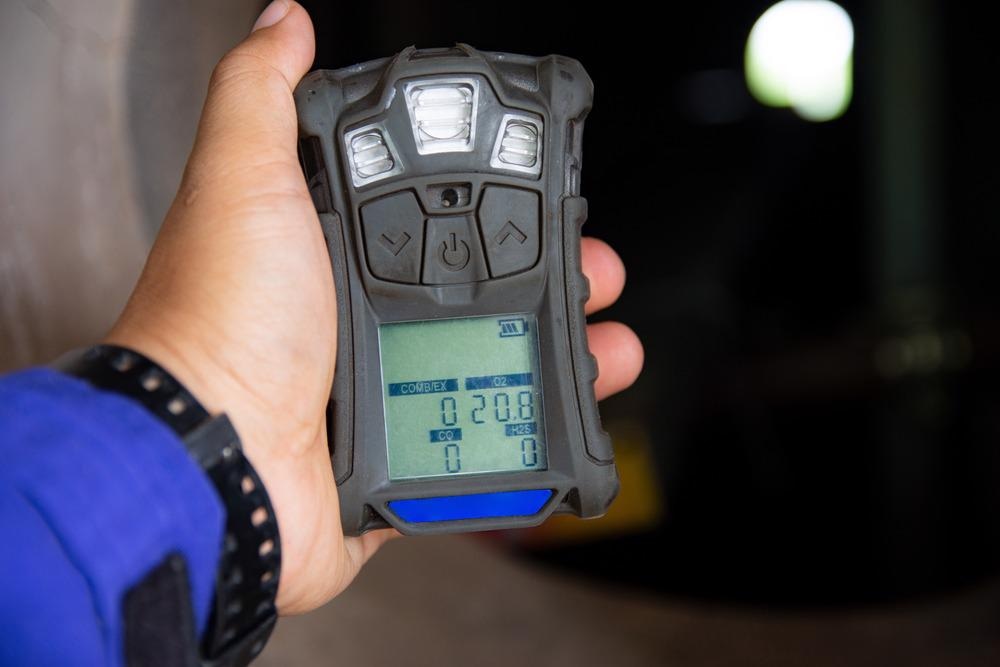A Russian-Belorussian research group has developed a new tungsten oxide-based gas sensing material with strong carbon monoxide, nitrogen dioxide, and acetone sensitivity. The new material has a 9-fold greater gas sensing sensitivity than of the current ones. The study was published in the journal Nano-Structures & Nano-Objects.

Image Credit: The National University of Science and Technology (MISiS)
The regulation of indoor air quality and the identification of harmful gases and volatile organic compounds are critical tasks for increasing the quality of life and working circumstances, and they are in high demand in a range of manufacturing, agricultural and environmental applications. This necessitates the creation of specific gas sensing materials with a high sensing response to a wide range of gases of various chemical compositions.
Researchers from the National University of Science and Technology (MISiS), Belarusian State University, and the National Academy of Sciences of Belarus’ A. V. Luikov Heat and Mass Transfer Institute have developed a new nanocomposite material with great sensitivity to a range of harmful gases in a wide range of concentrations. It was made using graphene and copper nanocomposite-modified tungsten oxide nanopowder.
The sol-gel process, also called chemical solution deposition was used to create tungsten oxide. Then, graphene and copper nanopowder was added to the precursor gel using the solution combustion approach to create a densely interconnected faulty structure.
The material’s gas sensing properties were then studied with carbon monoxide, nitrogen dioxide, and acetone used as test gases. The tests have shown that the introduction of 1 wt% of modifier leads to a 9x increase in the material’s sensitivity to carbon dioxide and a 6x increase in its’ sensitivity to acetone. The highest sensing response to acetone was obtained for the samples with 2 wt% of the modifier.”
Dmitry Moskovskih, Head, Research Center for Engineering Ceramic Nanomaterials, National University of Science and Technology (MISiS)
Due to the ease of the suggested synthesis process, the scientists claim the produced nanocomposites have tremendous potential as an effective application in commercial extremely sensitive gas sensors.
Journal Reference:
Haiduk, Y., et al. (2022) WO3–graphene–Cu nanocomposites for CO, NO2, and acetone gas sensors. Nano-Structures & Nano-Objects. doi.org/10.1016/j.nanoso.2021.100824.